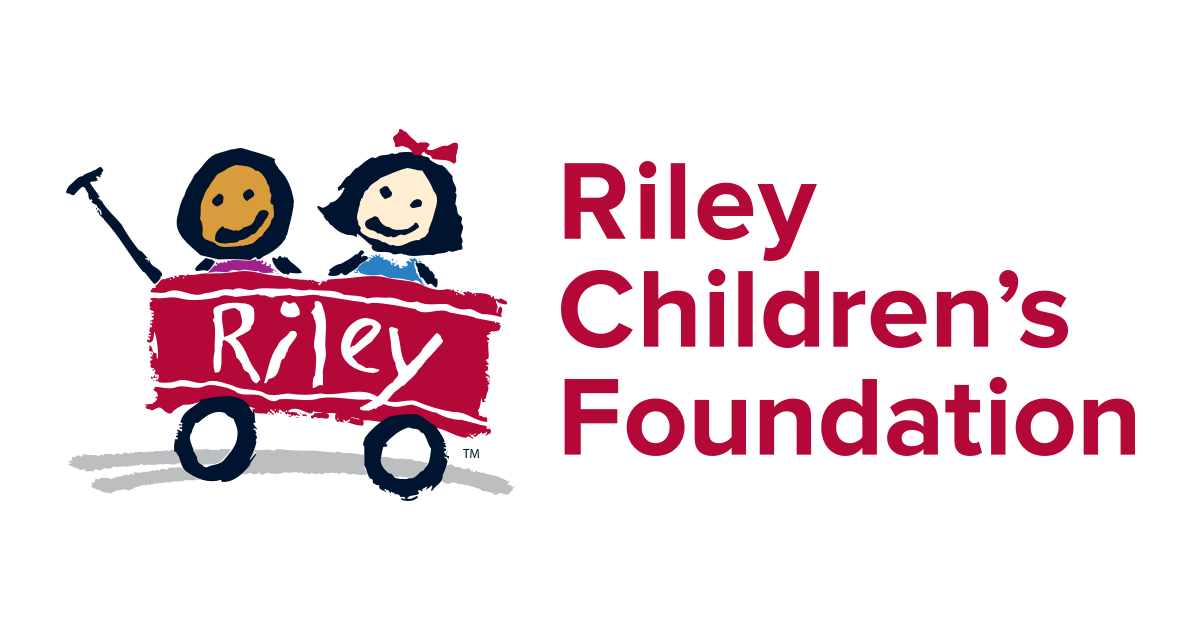"Sorry, but your crowdfunding campaign was too successful!" It's not a problem most nonprofits expect to face, but that's exactly what happened to Japanese startup Atmoph when their Kickstarter campaign went viral. Crowdfunding has become a vital tool for nonprofits in both Japan and the United States, offering an alternative to traditional grants and donor networks. Yet, despite the shared enthusiasm for this fundraising method, the way campaigns are structured, regulated, and received by the public varies significantly between the two countries. By examining these differences—and learning from successful case studies—nonprofits in both Japan and the U.S. can refine their crowdfunding strategies and maximize their impact.
The Rise of Targeted Crowdfunding: Lessons from Nonprofits in Japan and the U.S.

Crowdfunding in Japan: A Growing, Yet Regulated, Space
In Japan, crowdfunding platforms such as Readyfor, Campfire, and AirFunding have opened new funding avenues for nonprofits and social entrepreneurs. Some say that Japan’s crowdfunding scene is also deeply community-driven, reflecting the country’s emphasis on collective responsibility and social harmony. While it may be true, in any case, donors are more inclined to support projects that offer concrete and well-articulated projects that aim for tangible, localized impact.
Besides cultural patterning, the regulatory landscape is more restrictive in Japan compared to the U.S. Platforms and they must comply with the Payment Services Act (PSA), which enforces strict registration and disclosure requirements, especially for donation- and reward-based crowdfunding. Equity-based crowdfunding, where backers invest in exchange for shares or equity, is governed by the Financial Instruments and Exchange Act (FIEA) and imposes additional compliance hurdles. While these measures are designed to protect consumers, they can create administrative obstacles for nonprofits looking to expand their reach.

In contrast, crowdfunding in the U.S. has more flexibility for nonprofits. While equity crowdfunding is governed by federal regulations under the Jumpstart Our Business Startups (JOBS) Act of 2012, donation-based crowdfunding, often used by nonprofits, largely operates under state-level regulations and platform policies. This allows for greater flexibility, enabling nonprofits to experiment with innovative campaigns on platforms such as GoFundMe, GlobalGiving, and Indiegogo.
The cultural narratives are also quite different. Successful U.S. crowdfunding campaigns often emphasize compelling storytelling, dramatic results, and scalability, reading like Hollywood scripts – big dreams, compelling characters, and the promise of transformative impact. Nonprofits leverage sophisticated digital marketing tactics—social media outreach, email campaigns, and influencer partnerships—to expand their reach and sustain engagement. Finally, most American nonprofits use crowdfunding not only as a short-term funding mechanism but also as a strategy to build long-term donor relationships.
Shared Challenges in Crowdfunding
Despite their differences, nonprofits in both countries face similar obstacles when using crowdfunding as a fundraising tool:
- Regulatory Barriers: Japanese nonprofits navigate strict compliance laws, while U.S. organizations must ensure transparency in tax reporting and fraud prevention.
- Donor Trust & Retention: Crowdfunding often attracts one-time donors, making it difficult to sustain long-term support.
- Campaign Visibility: With an increasing number of fundraising campaigns, standing out in a crowded digital space is challenging.
- Project Execution Risks: Organizations that fail to deliver on their promised timelines risk losing credibility and donor confidence.
Success Stories: When Innovation Meets Impact
Despite these challenges, nonprofits in Japan and the U.S. have found ways to successfully leverage crowdfunding. Here are two standout case studies from each country.

Japanese startup Atmoph initially launched its Atmoph Window 2—a digital window displaying scenic views—on Kickstarter, securing strong support and raising 160,000 US dollars (approx. 20 million yen). However, unexpected production costs and delays almost jeopardized the project. But they did not panic; instead, Atmoph launched a second crowdfunding campaign on Makuake and supplemented it with a government-backed loan and venture capital investment. This diversified funding approach enabled them to fulfill their promises and continue operations.

Kyoto University’s Center for iPS Cell Research and Application (CiRA), led by Nobel laureate Shinya Yamanaka, turned to crowdfunding to support its cutting-edge research. Yamanaka’s participation in the Kyoto Marathon as a charity runner helped the campaign gain exposure in the popular media and raise 10 million yen (approx. 66,907 US dollars) via JustGiving (now JapanGiving). This effort not only provided essential funding for Kyoto but also increased public awareness of scientific crowdfunding in Japan in general.

The Riley Children's Foundation, dedicated to pediatric healthcare, faced the challenge of expanding its donor base. By launching a Giving Tuesday crowdfunding campaign with a video encouraging support and visual blocks showing the donation’s impact on the kids in need, the foundation activated loyal supporters while reaching new donors. Their strategy focused on social media engagement and personalized donor outreach. The results? A 19% increase in fundraising and a 22% boost in year-end donations. As their digital director explained, "We didn't just tell our story – we made our donors the heroes of it."

Saprea, a nonprofit working to eradicate child sexual abuse, had to balance sensitivity with impactful messaging. By carefully crafting emotional storytelling that respected survivors’ privacy while emphasizing the urgency of their mission, Saprea's Giving Tuesday crowdfunding campaign successfully raised an additional 40,000 US dollars (approx. 5.9 million yen) within a year. This case highlights the importance of strategic messaging in nonprofit crowdfunding.
Key Takeaways for Nonprofits
Nonprofits in Japan and the U.S. can draw valuable lessons from these success stories.
As crowdfunding evolves, nonprofits in Japan and the U.S. can learn from each other. Japanese organizations may benefit from the storytelling techniques of U.S. campaigns, while American nonprofits might explore Japan’s community-driven engagement strategies to deepen donor connections. By adopting best practices from both cultures, nonprofits can build stronger, more sustainable crowdfunding strategies and ensure long-term impact.
Ready to Launch Your Cross-Cultural Crowdfunding Journey?
Whether you're a Japanese nonprofit looking to expand your storytelling toolkit or an American organization interested in building deeper community connections, USJF stands ready to support innovative bilateral initiatives. Our commitment to empowering civil society and fostering collaboration makes us an ideal partner for organizations ready to take their crowdfunding efforts to the next level.
Want to learn more about how USJF can support your cross-cultural crowdfunding initiatives? Visit our website or reach out to our team to explore collaboration opportunities. Together, we can build stronger bridges between our nations, one campaign at a time.

